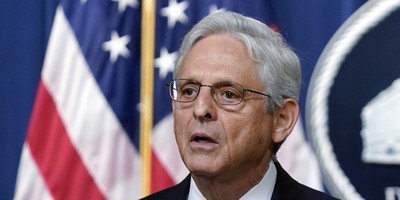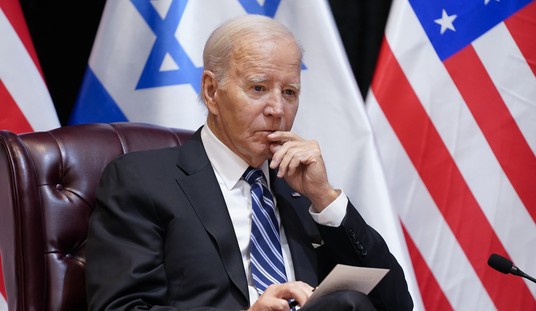The e-mails, gathered as part of a Congressional investigation into the Department of Energy loan program, offer new insight into just how worried administration officials were about the $528 million loan to Solyndra, which is now in bankruptcy, as well as other government efforts, amounting to $16 billion in loan guarantees, to promote clean energy. The warnings came from both inside the White House — an official in the Office of Management and Budget wrote that the visit could be “embarrassing in the not too distant future” — as well as from private investors, including one Democratic campaign contributor who wrote to the White House the day before the president’s May 2010 visit to Solyndra to urge officials to reconsider the trip.
“I just want to help protect the president from anything that could result in negative or unfair press,” Steve Westly, a California venture capitalist and an Obama contributor, wrote in May 2010 to Valerie Jarrett, a senior adviser to the president. “If it’s too late to change/postpone the meeting, the president should be careful about unrealistic/optimistic forecasts that could haunt him in the next 18 months if Solyndra hits the wall, files for bankruptcy, etc.”
The Solyndra loan, which was completed in September 2009 and could cost taxpayers a half-billion dollars, has come under Congressional scrutiny since the company declared bankruptcy last month. The business is also under investigation for possible fraud by the Federal Bureau of Investigation.
Recommended
Mr. Obama defended the government’s investment on Monday, saying that “hindsight is 20/20” and the fact that the program involved risk was generally well known. In an interview with ABC News, he also said that the overall portfolio of loan guarantees was “doing well.”
In releasing the new e-mails, Democrats said they were seeking to demonstrate that there was no evidence of political favoritism toward Solyndra, whose investors include a foundation run by a major fund-raiser for Mr. Obama, a connection that Congressional Republicans have emphasized. The e-mails, though, do provide new evidence of a concern by lawmakers that the broader loan guarantee program might be troubled.
A Solyndra investor, in an e-mail sent to the White House in late 2009, asked why the government had been willing to offer the solar start-up so much money.
“One of our solar companies with revenues of less than $100 million (and not yet profitable) received a government loan of $580 million,” the investor, Brad Jones of Redpoint Ventures, wrote in December 2009 to Lawrence H. Summers, then the president’s chief economic adviser, referring to Solyndra. “While that is good for us, I can’t imagine it’s a good way for the government to use taxpayer money.”
The investment, Mr. Jones said, demonstrated broad problems with the government loan program. “The allocation of spending to clean energy is haphazard; the government is just not well equipped to decide which companies should get the money and how much,” he wrote.
Mr. Summers wrote back that he shared some of the same concerns, before offering a partial defense of the government effort.
“I relate well to your view that gov is a crappy vc,” Mr. Summers wrote, using a shorthand for venture capitalist. “But suppose we think there are all kinds of externalities to renewable investments. What should we do?”
An Energy Department spokesman said on Monday that regardless of criticism by some aides at the Office and Management and Budget about how the loan program was being managed, the e-mails make clear that everyone involved knew upfront that the program involved risks, as it is designed to encourage investments in clean energy programs that could not otherwise attract enough private financing.
“These e-mails show that the administration was aware of those risks, and that decisions were based on more than two years of rigorous analysis and due diligence by career officials spanning two administrations,” said the spokesman, Damien LaVera, in a statement.
Officials at the Office of Management and Budget — part of the White House — were particularly concerned at what they considered the poor job that the Department of Energy was doing in monitoring the loan deals after they were finalized.
“D.O.E.’s ‘system’ for monitoring loans is quite problematic (barely any review of materials submitted, no synthesis for program management, inherent conflicts in origination team members monitoring the deals they structured, etc) and does not seem to be a program priority,” one Management and Budget official wrote in the spring of 2010.
The most alarming issue for the White House official was evidence that Solyndra, which filed for bankruptcy last month, was headed toward a collapse even in early 2010. It led the Management and Budget officials to predict problems with companies getting loan guarantees.
“What’s terrifying is that after looking at some of the ones that came next, this one started to look better,” said one April 2010 e-mail, referring to the Solyndra decision, and others that followed. “Bad days are coming.”
Ultimately, despite the warnings about the trip to Solyndra’s factory, White House aides approved the May 2010 stop by Mr. Obama, after consulting with the Department of Energy, where officials assured White House that the company appeared safe, at least for the time being.
“There are some risk factors here — but that’s true of any innovative company that Potus would visit,” Ronald Klain, the chief of staff to the vice president, wrote Ms. Jarrett on May 24, 2010, recommending that the visit the next day go ahead. “It looks like it is OK to me.”
The dispute was summarized in a seven-page report by the Democratic minority staff of the House Energy and Commerce Committee, based on 685 pages of documents from the Office of Management and Budget and 27 pages from the White House. The Democrats’ view of the documents, mostly e-mails, was that they showed a “vigorous internal debate” involving senior members of the administration, and that the decisions were made “with no regard to the identity of the private investors.”
























Join the conversation as a VIP Member